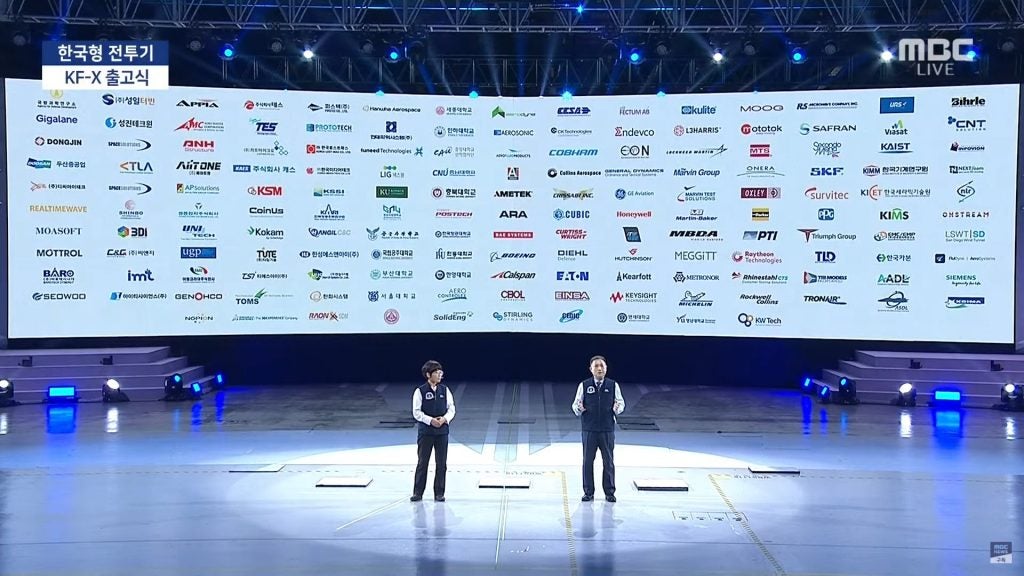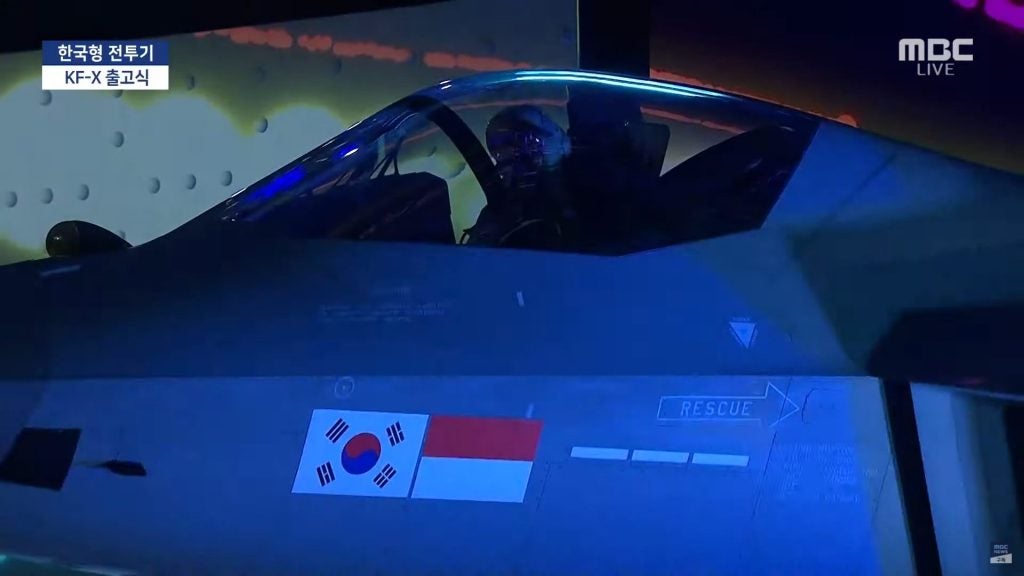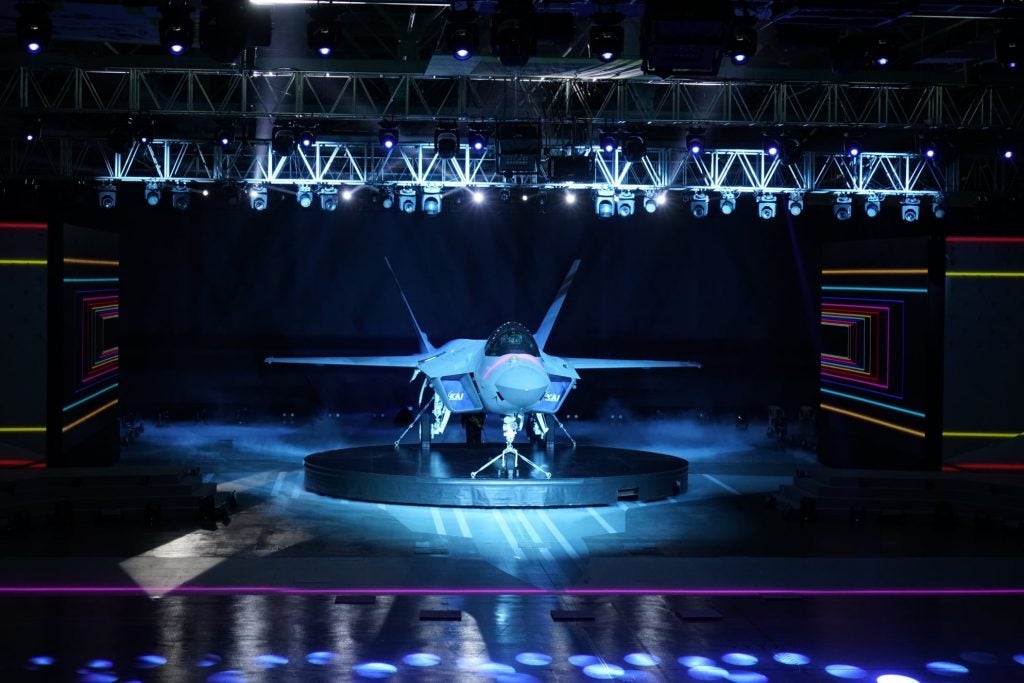South Korea’s KF-X Officially Named The KF-21 Boramae
Korea Aerospace Industries rolled out the first prototype KF-X in a ceremony at its Sacheon facility today. The first supersonic combat aircraft to be designed and built in Korea was also officially named the KF-21 Boramae at the ceremony.
According to the Defense Acquisition Program Administration, the Republic of Korea Air Force named the KF-21 in reference to its “pivotal” role in launching the Air Force into the ranks of the 21st century’s advanced air forces, as well as its intent as an indigenous fighter to defend the Korean Peninsula for the 21st century. Boramae, or “young hawk”, is a commonly used symbol of the ROKAF, with its annual aerial gunnery competition dubbed the Boramae Aerial Shooting Contest.

Speaking at the ceremony, President Moon Jae-in said that the rollout marked the beginning of a “new era of independent defense”, and a historic milestone for South Korea’s aerospace industry. He continued that once mass production of the KF-21 begins, 100,000 additional jobs will be created and an added value of 5.9 trillion Korean won ($5.2 billion) will be generated for the South Korean economy, with exports possibly further increasing both job creation and added value.
In a pre-recorded video message, Indonesian President Joko Widodo gave his congratulations on the unveiling of the completed prototype. He hoped that the launch of the KF-21 “will continue to bring benefits to the two countries’ cooperative relations in the defense sector”. While the Indonesian President was not physically present at the ceremony, Indonesian dignitaries led by Defense Minister Prabowo Subianto joined Korean government and military officials present.

Despite continued speculation on the future of Indonesia’s role in the KF-21 program owing to unpaid investments into the program (however, it should be noted that there are no hard requirements on when they should be paid or collateral in the event of non-payment), President Moon thanked Indonesia for its role in the program, saying that they are “a partner who believed in the potential of South Korea”. He continued that the two countries would continue to work together until development concludes, and the KF-21 is ready to offer for sale to third-party countries.
The initial variant of the KF-21 is expected to replace the ROKAF’s remaining F-5 Tigers and F-4 Phantoms in service. DAPA considers it as a 4.5 generation aircraft, with partial radar cross section reduction measures owing to the first block being designed for but not with internal weapons bays among other features. Once testing completes in 2026, the ROKAF aims to have 40 KF-21s deployed by 2028 and 120 by 2032.
DAPA also said that the KF-21 program makes South Korea the eighth nation to indigenously develop a supersonic 4.5 generation fighter, after the US, Russia, China, France, Japan, Sweden, and the Eurofighter consortium of the UK, Germany, Italy and Spain. The procurement agency continued that the program has secured the international competitiveness of South Korea’s aerospace industry, alongside laying the foundations for collaboration with other nations in future tactical aircraft development. All of this will work towards the government’s goal of becoming one of the top seven nations in the global aviation industry by 2030.

